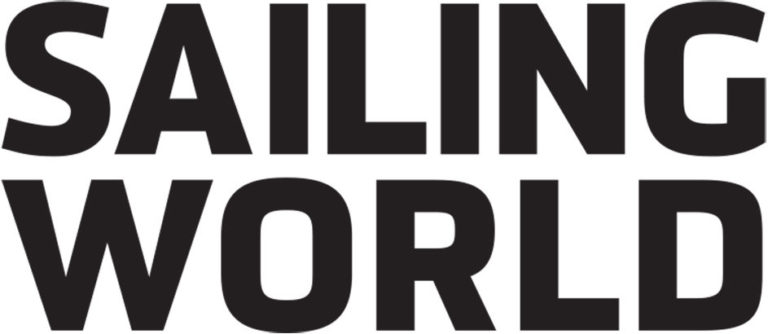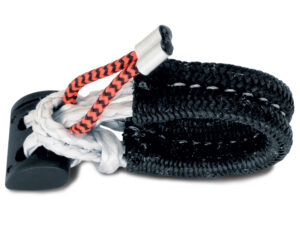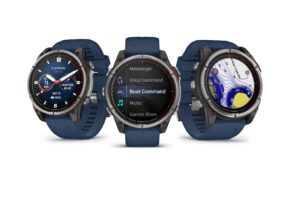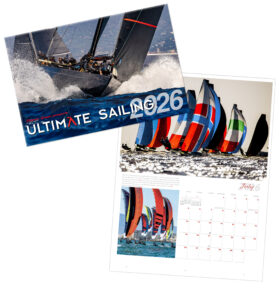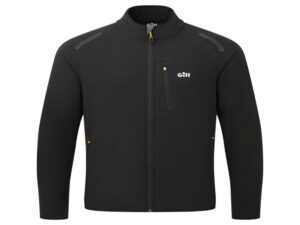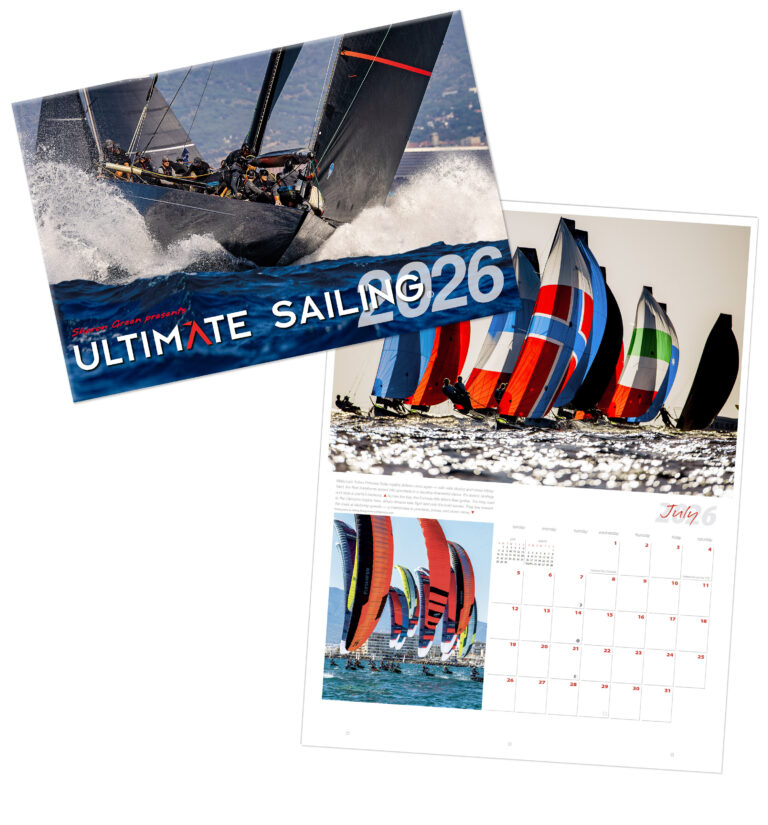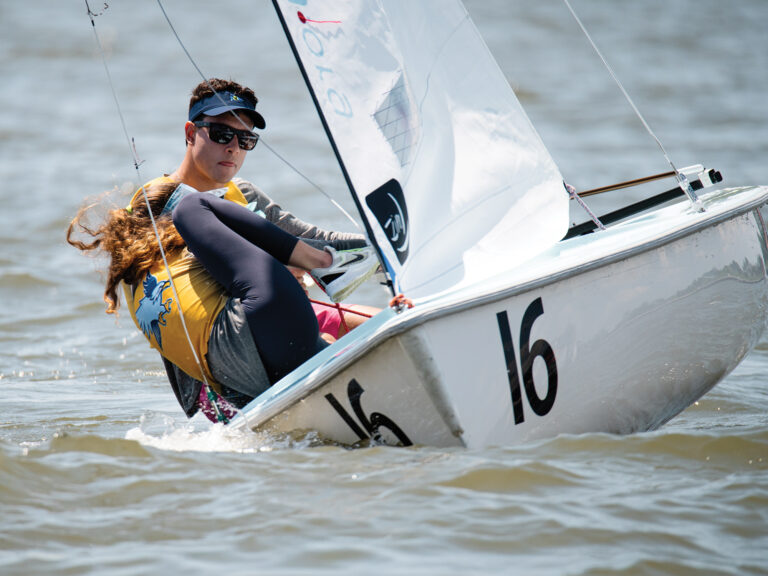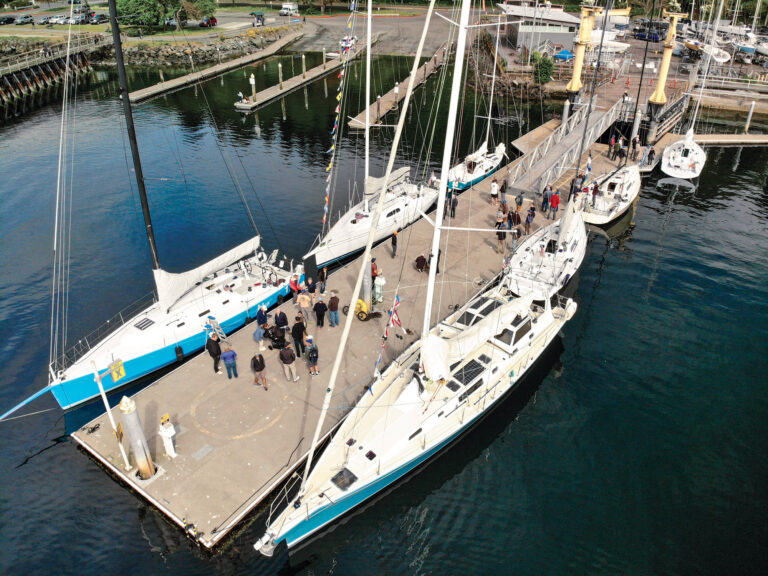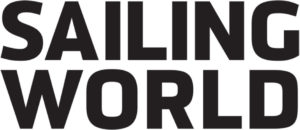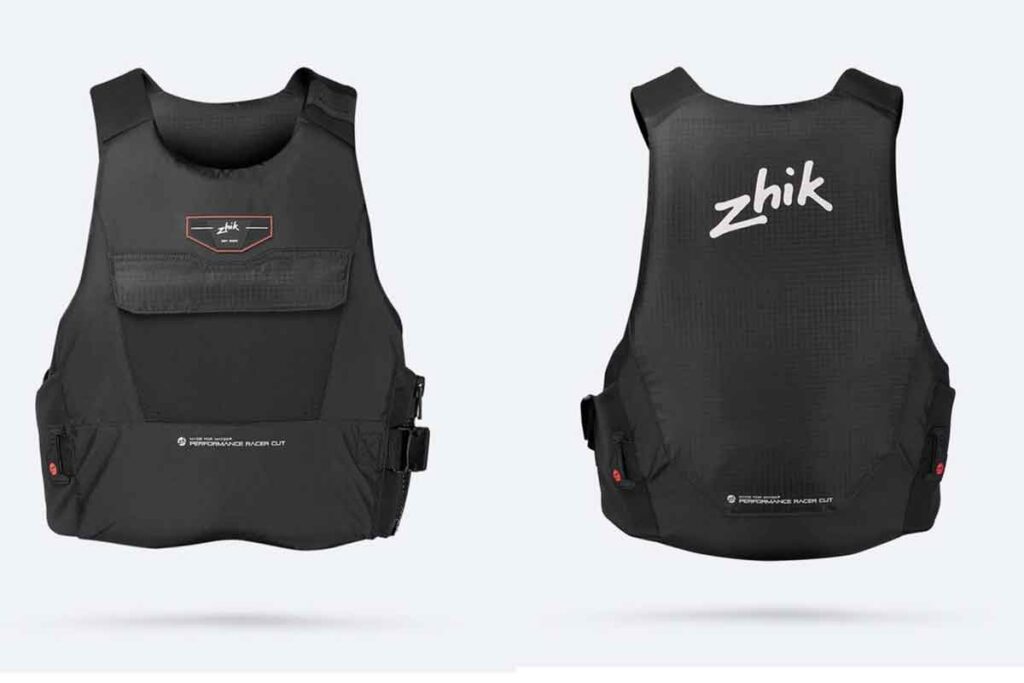
For years now, Zhik’s pull-over, side-zip PFD has been one of the gold standards in high-performance dinghy flotation devices. Close-fitting, lightweight and virtually nothing that might snag a mainsheet passing overhead in a tack or jibe, it’s been tough to beat. The 2025 version of their time-tested model, called the Performance Racer Cut, while not vastly different, does have some cool updates that might push those thinking of updating their somewhat ragged original (like my 2011 model) to a 2025 model.
As in the past, Zhik offers two versions, 70 Newtons and 50 Newtons, which are indicators of the buoyancy level. The higher the number, the more buoyancy. The 70 is labelled USCG approved, while the 50 is a buoyancy aid. It’s worth noting that as of June 5, 2025, the USCG updated their recommendations to reflect the conditions in which a PFD should be worn rather than just the weight of the user. Considerations now included are the boater’s skill level, environment, and expected rescue time. Sounds like they’re coming around to recognizing the 50 as a viable PFD. We’ll see.
High-Performance PFD
We got a chance to check out both, and the only perceivable difference between them is that the foam in the 70 is a bit thicker than the 50, which you’d expect. No issue, you might say? Well, not quite. We found the 70 had a noticeably tighter fit. So, depending on how loosely your old 50 fit, you might want to try a 70 before buying to be sure you end up with a size that’s comfortable. The foam on the 70, most noticeably in the front, is shaped to fit the contours of your body, which makes the PFD feel even more form-fitting.
Like the original, the PFD is a pull-over with a side zip and Velcro tab to keep the zipper from accidentally coming undone. Over that, a buckle connected to a strap runs around the lower perimeter of the PFD, allowing you to snug up the bottom of the jacket to your preference. One of the biggest issues with PFDs, once in the water, is that they can tend to ride up, and you end up with them around your ears. Not so here. In addition to the strap, Zhik has a wide, non-slip rubber-like grip band inside and adjacent to the strap that does a great job of preventing ride-up. The shoulder straps are soft and comfortable, and there’s even a loop on the left-hand strap for attaching a radio–especially useful for coaches or sailing instructors. In front is an envelope pocket with drainage holes and a stretch, neoprene like front, allowing you to carry slightly bulkier items, if necessary. Our only ding is that it would be nice if there was a loop of some sort inside to which you might connect a whistle lanyard.
No doubt, racers will love the fit and compact style of the High-Performance PFD. It’s got all the best features of early versions and more. Available in grey or black. $139.99
Active PFD
Like the High-Performance PFD, Zhik’s Active model comes in 50 and 70 Newton versions. And like its more expensive sibling, it includes a waist belt, interior grip band, soft shoulder straps and overall low-profile construction. But there the similarities end. Perhaps for a lot of sailors, in a good way. For starters, this jacket is really easy to put on and take off. If you’ve struggled with pulling a life jacket over your head on the water and then trying to connect a side zipper that you can’t quite see, this is a great alternative. The essential parts of the Active model, the belt and grip band, are identical to the High-Performance Model, so it’s going to stay in place if you end up in the water. The belt buckles front center, right over the zipper. Talk about easy.
Fit does not seem quite as critical here. While we felt the 70 High Performance seemed overly snug compared to the 50, the Active 70 fit quite well right out of the box. There’s a vertical side pocket on the front right, held closed with two strips of Velcro. There’s no stretch material in the pocket, so what you can carry there is pretty limited. Inside is an elastic loop that you might use for attaching a lanyard and whistle.
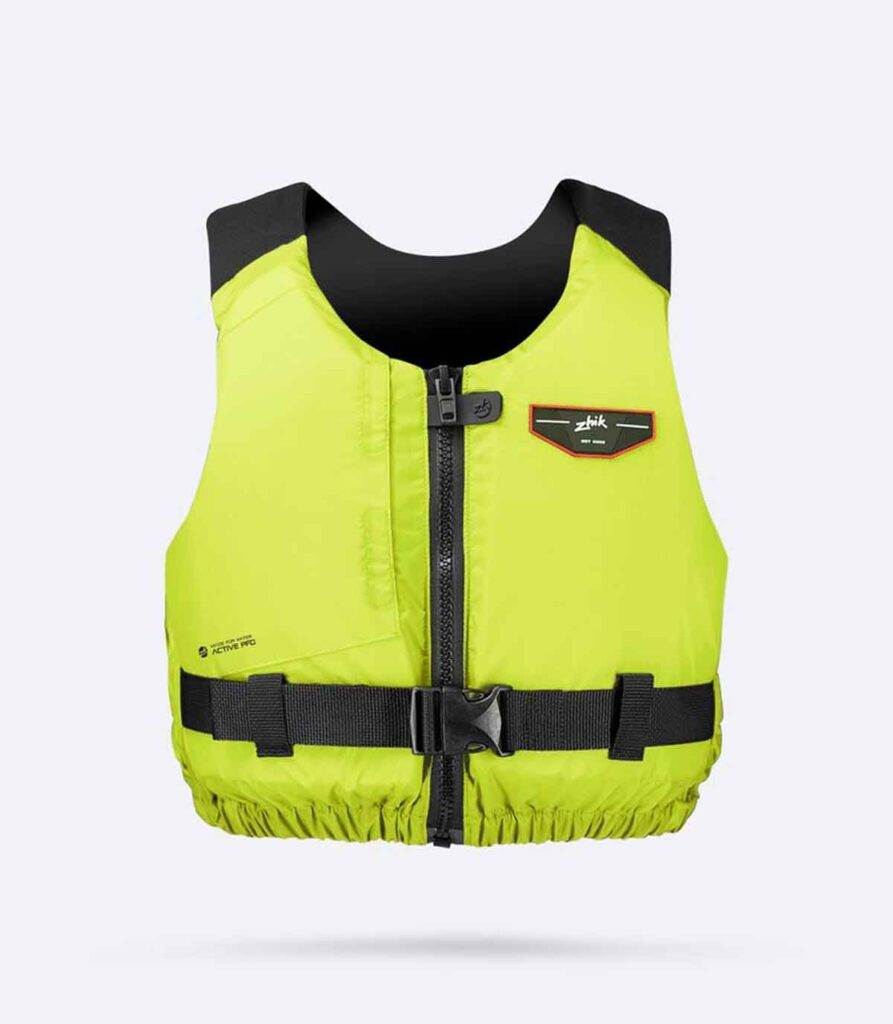
While it doesn’t have quite the cache of the High-Performance PFD, don’t count out the Active PFD. All the key features, a slightly lower price. Available in black, lime and red. $109.99
Kollition Helmet
We first looked at helmets in 2016, and at the time their use was starting to build momentum among sailors. After all, in what other sport do we have an aluminum or carbon tube swinging rapidly over our heads, often with minimal clearance, with our only protection usually a baseball hat? Today, you’ll find helmets being worn across the board. On foilers and other high-speed boats, they’re standard kit. All the cool kids are wearing them.
Zhik was among the forerunners to start making helmets for sailors. Their latest model, the Kollition, is CE EN1385 certified, which means it’s specifically designed for water sports. CE means it’s been certified by European safety standards, while the EN 1385 indicates a standard for whitewater helmets.
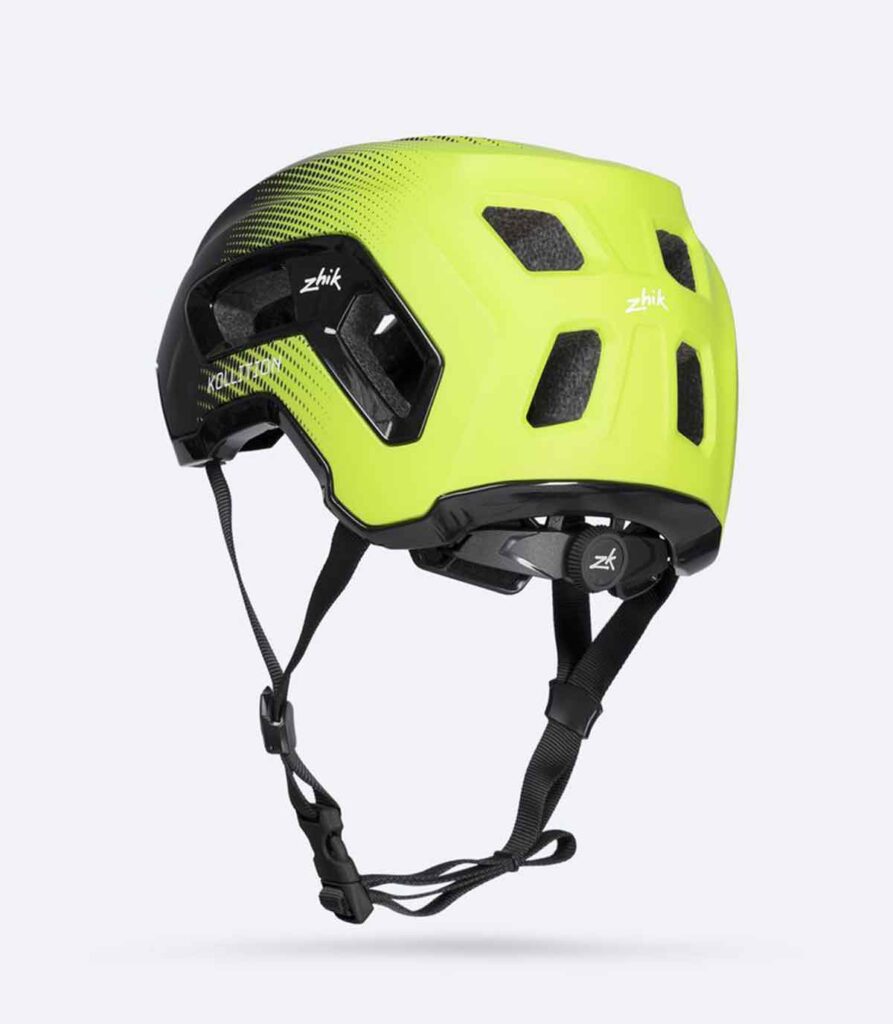
When you first pick it up, you’re likely to notice just how little this helmet weighs. It’s lighter than my Specialized biking helmet, although in fairness, the latter also has an extra layer of protection through Mips technology. The profile is nice and low, which is great because when we first checked out helmets almost a decade ago, we discovered we had to duck just a touch more during jibes and tacks when wearing a helmet, since the helmet was thicker than a ball cap. The Kollition’s lower profile makes that less of an issue. We also really liked the quick-adjust cradle. The knob is in the usual place at the back of the helmet. A quick turn or two and the helmet fit perfectly. The padded chin strap is also adjustable.
There are lots of vents–in this case six on top and another eight along the sides. No risk of getting overheated here. The plethora of vents also makes it easier if you want to tape over the vents on the top of the helmet, an important consideration for those of us who are prone to sunburn on the tops of our heads. It’s also cut up over the ears so as not to restrict hearing, but rather than going straight back, as biking helmets usually do, coverage extends a bit down on the back of the head for more protection. Finally, the helmet has a large section of high-visibility yellow, a great safety feature if you end up in the water and someone’s trying to find you.
There’s really nothing to dislike about this helmet. At first, we figured a small built-in visor would be nice, but we get that it could possibly snag lines. If you really want that type of shade, a visor will usually work, and it’s usually flexible enough to prevent snagging. Available in small, medium and large. $114.99
